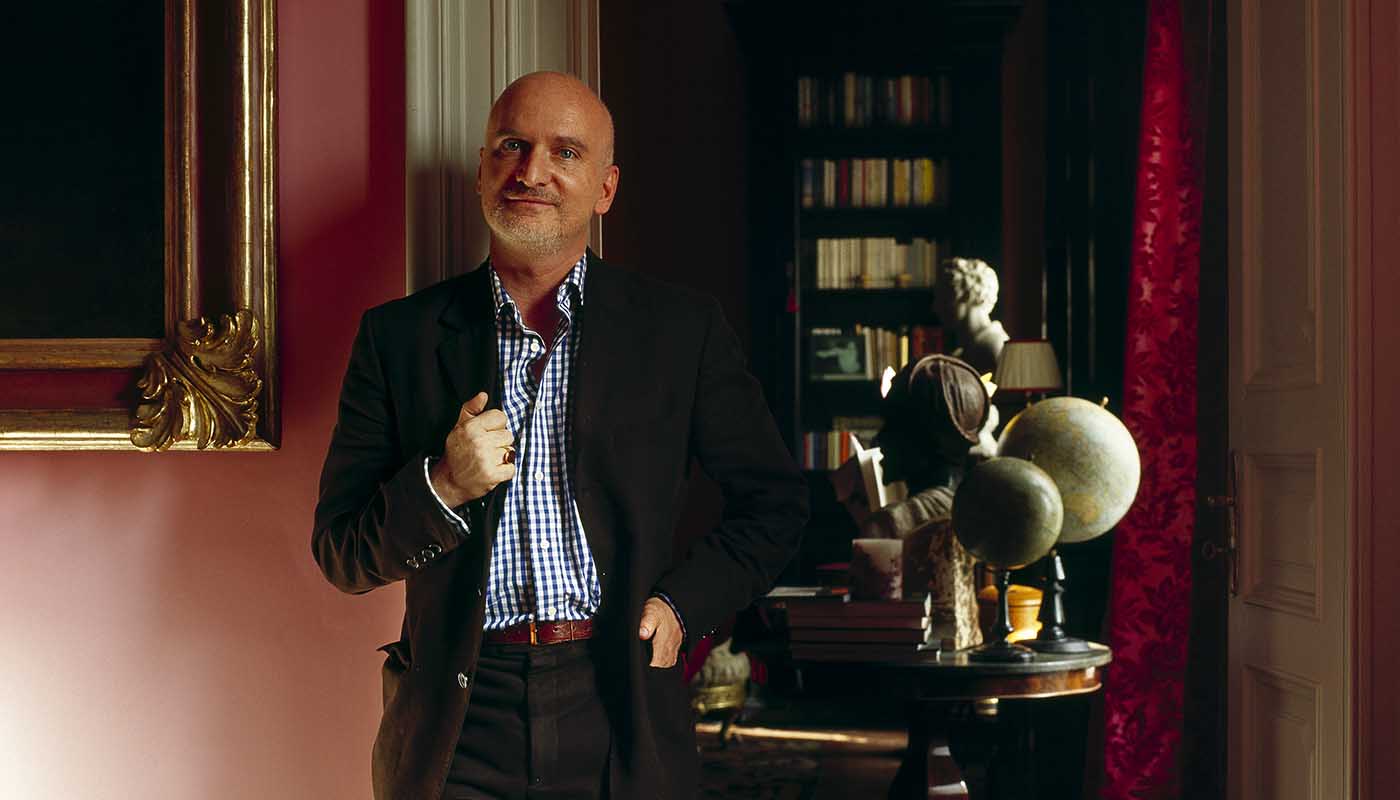You have developed a natural flair for homes and interiors from an early age. What were the first objects to hit you?
At the age of 8 I was struck by a wunderkammer in a shop window, full of precious objects and corals, which, from a childhood point of view could be linked to the idea of the treasure island. At the age of 15 my curiosity grew for art nouveau, which was a big trend in the 1970s. By that time, I had already experienced a passion for 15th-16th century objects, born after a visit with my family at the Florence Biennale, which struck me for the austere but evocative set-ups, as well as for its research of imaginative decorations.
What role did the furnishings we now call vintage play in that scenario?
Parallel to the trends I mentioned above, in the 1970s there was a more experimental proposal, filtered from the 1960s: the fairs that took the risk of exhibiting contemporary furniture were in their early days. I remember a booth which exhibited a bookcase by Franco Albini displayed with a golden background painting and a Swedish armchair. This booth was a forerunner of modern times: the philological aspect of the environment was maintained, but the art object was made more contemporary.
Nowadays, from the antique to the contemporary fairs, the mix of styles and eras seems to be the rule.
If in the 1960s it was an experimental phenomenon, in the 1970s the tendency to mix different proposals was the norm. The market was very prosperous and interested at all levels, from the contemporary furniture fairs to the antique markets.
Something has changed?
There was more attention, even in the younger generation, to the home furnishings and décor.
In what way?
Especially in the search for the glamorous effect, an aspect that today is less considered in favor of a pseudo contemporary art effect, where the interest is exclusively for the currently produced object. This attitude inevitably leads to a vagueness of the décor topic.
Why is vintage décor back in fashion, as your interior projects show?
Vintage furnishings remain, even in their seriality, less serial compared to objects purchased in the "buy from a catalog" mood: they can be unique or extremely rare, and they are able to connote a diversity within certain homes. They generate a more interesting tension. It is a privilege for me to work with strongly characterized furnishings and objects: they carry the charm of the object that lives many lives, much longer than a human life, and they change interpretation through the generations.

Is there a type of furniture that you particularly appreciate?
The armchair, which from the 1940s onwards represents the evolution towards more daring forms. On the armchair, designers of the 1950s and 1960s have made considerable efforts: from Franco Albini to Marco Zanuso, the urge was to combine functionality and comfort, and the results are much more expressive compared to, for example, a sideboard.
If you were to give a few décor advices to the readers of intOndo magazine, what would you say is your starting point when you enter a room that you have to decorate?
I start from the characteristic components of the environment, and I treat it as a schematic composition: from the architectural elements to its era.
How does the interior designer "set the tone" on an atmosphere?
One should try to create a situation that sometimes will not be one’s ideal, but a situation that best matches the aspirations of the client. The purpose? Personally, my goal is to obtain an environment of character, which forces a memory, which allows you to remember that place, without reaching indifference or boredom.
In your opinion, what mistakes should be avoided when decorating the home?
In general, it is counterproductive to be afraid to dare (with color for example), or to be afraid of things that do not bore you. At the same time, the rule of Diana Vreeland applies: she used to say "elegance involves renouncing"; knowing how to choose (and sometimes how to give up to) something for a better overall effect, is an excellent virtue!
In your projects, the creative use of color helps to link works of art, objects and furniture from different eras and contexts. Can you give us a tip to decorate with color?
For example, use a color to characterize a single wall: it gives movement and vibration to otherwise monotonous environments.
Do you have a couple of fancy addresses to recommend to vintage/eclectic furniture lovers and cool hunters?
In Paris, the Yves Gastou gallery and the St Ouen flea market: it has now become a little too trendy, but it still preserves its charms.






.png)





